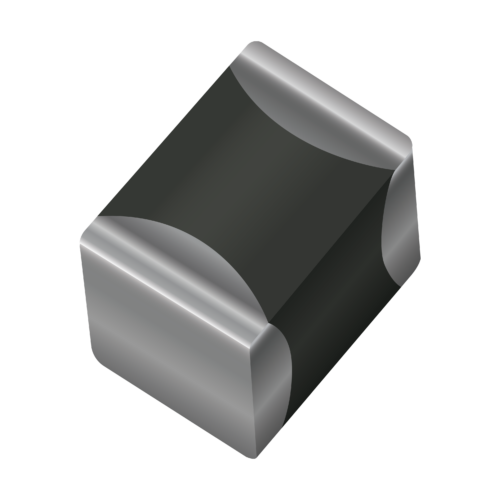MLV technology has made temperature performance advancements
Many IoT applications are in homes or stable settings and will not have a large concern for drastic temperature changes or high operating life temperature profiles. Component engineers have the benefit of maximizing size and cost reductions for these designs because component specifications are typicallymeasured at 25°C and consumer-grade components will likely have the most aggressive designs for the smallest packages available.
Regarding circuit protection devices like TVS (Transient Voltage Suppression) diodes and MLVs (Multi-Layer Varistors), the peak power and energy suppression you will get is what you would read on the datasheet, probably near the top with the other nominal parameters. However, designers of industrial or remote IoT applications with high temperature excursions or fast changes in temperature will need to take a closer look, probably further down near the bottom of the manufacturer’s datasheet to see if any derating is necessary or if a higher reliability device with more conservative design is required to ensure proper circuit protection. Many times, this will require a larger component, an up-screened part, or a reliability upgrade (to automotive), which is not ideal. MLV technology has made temperature performance advancements that can recover size reduction benefits for space-constrained, high- temperature IoT designs.
MLV technology shares many manufacturing and development processes with MLCC (Multi-Layer Ceramic Capacitor) technology. Of course, the raw materials are very different because the MLV has semiconductor properties, much like back- to-back Zener diodes. Due to the similarities in MLV and MLCC capability, there are large active areas in small case sizes, which account for large volumetric efficiency. Silicon TVS diode packages are mostly composed of a molded compound to isolate the active area from the environment. They require derating immediately above 25°C, and performance drops linearly from 25°C to the maximum rated temperature of the diode, at which point it has little to no transient suppression capability.
Kyocera-AVX ceramic formulas exist that require zero derating of transient suppression up to the maximum rated temperature of the MLV, which can go as high as 175°C. In addition to maximum temperature performance, a flexible termination is offered for MLVs that withstands more than double the amount of bend of standard terminations. CTE (coefficient of thermal expansion) mismatches are a concern for surface mount ceramic devices in high temperature applications, but flexible terminations absorb much of the stress that would cause cracking. It will also mitigate cracking during assembly if there is a possibility of PCB flexure. MLVs adjacent to mounting posts, connectors, or PCB de-paneling locations would make good use of this added flexibility.
Reliable circuit protection is becoming more of a priority as semiconductor linewidths continue to decrease and as IoT connected processes include more critical applications. Many IC field failures are due to damaging overvoltage and ESD (electrostatic discharge). High temperature and flexible termination MLVs provide a solution that has constant performance across the whole operating temperature range where IC on-chip protection or silicon TVS diode performance is diminished or unknown at high temperatures. MLV inherent volumetric efficiency allows for size reductions, while flexible terminations make these components mechanically robust, and advancements in high temperature formulations allow for zero derating of transient suppression up to 175°C.

